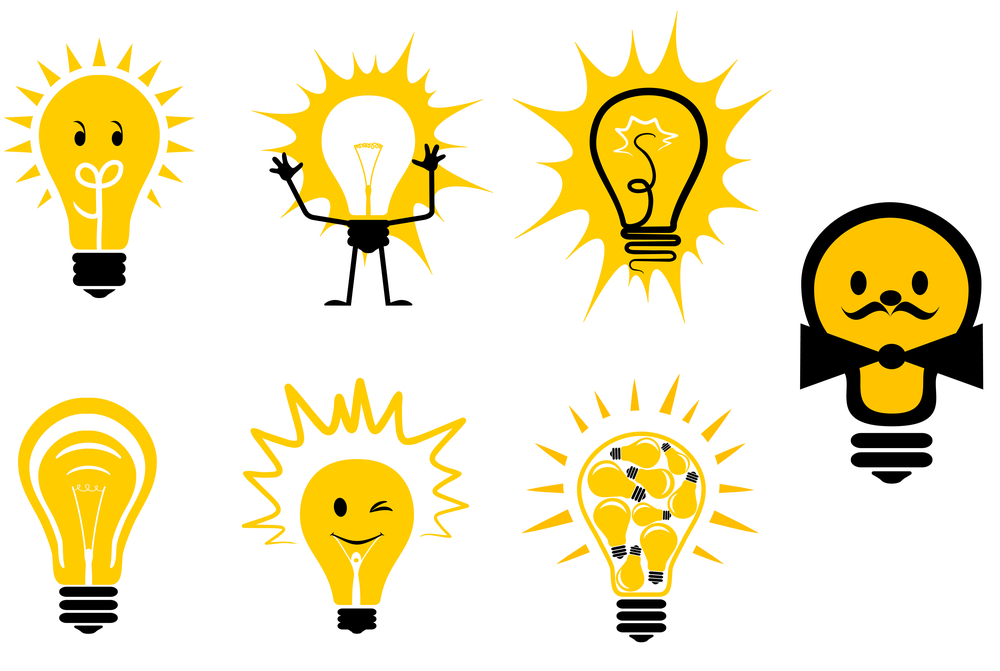Alternative Uses Creativity Test: A Guide to Assessing Creativity and Unlocking Creative Potential
What is the Alternative Uses Test?
The Alternative Uses Test, developed by J.P. Guilford in 1967, is a classic tool in creativity research. Its purpose is to measure divergent thinking, a key component of creativity. Participants are asked to think of as many alternative uses as possible for a common object—such as a brick, paperclip, or shoe. We’ve been teaching this as part of our courses on brainstorming and ideation.
This test assesses:
- Fluency: The total number of responses.
- Flexibility: The variety of categories the responses fall into.
- Originality: The rarity or uniqueness of the responses.
- Elaboration: The level of detail in each response.
By analyzing these dimensions, the test provides insight into creative thinking patterns and problem-solving abilities.
Why Use the Alternative Uses Test?
The test is widely used in classes as well as innovation workshops, team-building exercises, and educational settings to encourage thinking beyond the obvious. It’s also a valuable tool for individuals seeking to enhance their creative skills or understand their thinking style better.
It’s ideal for:
- Brainstorming sessions: Generating ideas without judgment.
- Creative training: Sharpening the ability to think “outside the box.”
- Self-assessment: Gaining insight into one’s creative potential.
How to Take the Test Using a GPT?
Modern tools like GPT-powered applications can simplify and enhance the experience of taking the Alternative Uses Test. Here’s how you can try it yourself using a dedicated GPT model:
- Access the Test: Use the specialized GPT for the Alternative Uses Test here.
- Follow the Prompts: The GPT will guide you through the test by asking you to generate alternative uses for a chosen object, such as a “brick” or a “paperclip.”
- Receive Feedback: The GPT can provide real-time feedback, assessing your fluency, flexibility, originality, and elaboration. This insight can be used to refine your responses and improve over time.
- Analyze Results: Save your test results and reflect on your creative thinking process. Compare your responses to benchmarks or previous attempts to track progress.
Integrating the Test into Your Innovation Practice
Workshops and Training
Incorporate the Alternative Uses Test into your design thinking workshops or team creativity sessions. By introducing this activity:
- Teams can break free from conventional thinking patterns.
- Participants can practice lateral thinking in a fun, engaging way.
- Group discussions can follow to explore the diverse perspectives revealed by the test.
Individual Practice
For those aiming to boost their personal creativity, try the test regularly as a mental exercise. Pick different objects each time to challenge and expand your thinking scope.
Enhancing Creativity Through Practice
The Alternative Uses Test isn’t just about scoring well—it’s about stretching your imagination and building the habit of seeing possibilities where others see constraints. Regular practice, combined with tools like the GPT, can help unlock new levels of creative potential.
Explore the test here and begin your journey to thinking more innovatively today!
